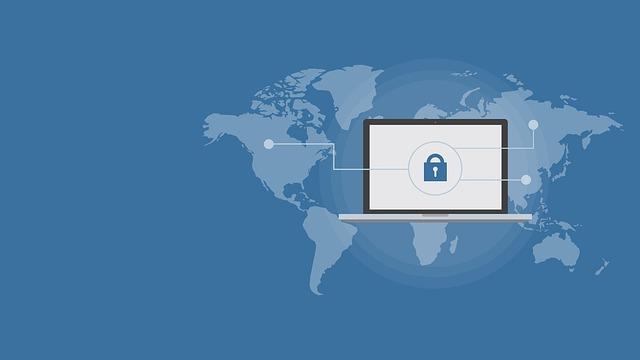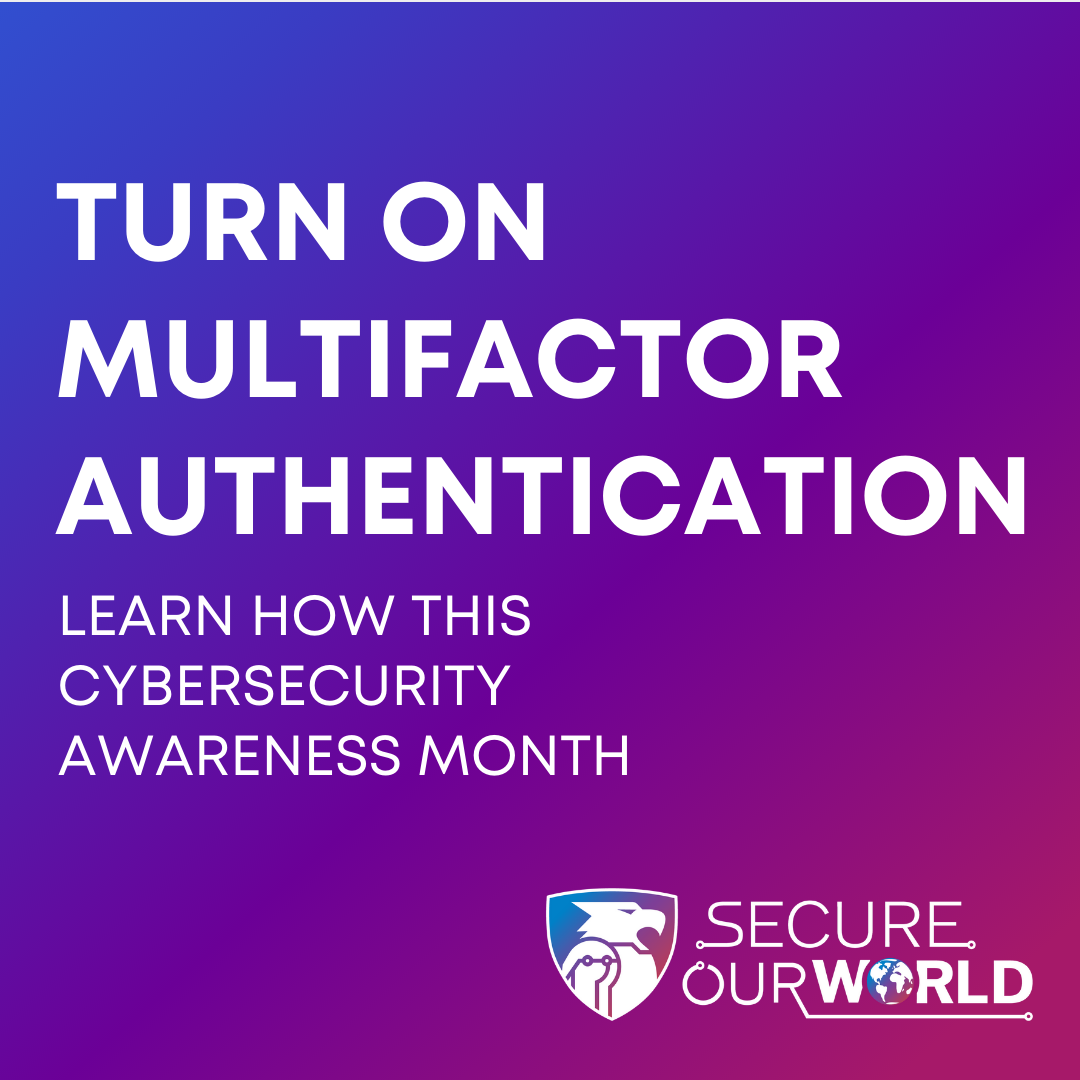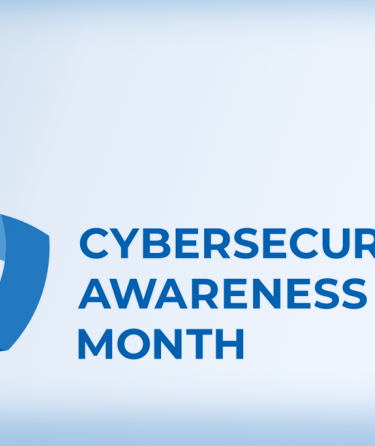Multi-Factor Authentication
Multi-factor authentication (MFA) provides users with multiple ways to identify themselves to access their account. The first way is typically a password or a PIN number. The second way usually identifies something you have, like a mobile phone number or an app. For example, receiving a code via text to your mobile number is much harder to hack than a password. Using the two together makes your account information much more secure.

Benefits of Using Multi-Factor Authentication (MFA)
- Protects valuable accounts: Important accounts such as your personal email or banking account often use MFA as an additional layer of security against hackers.
- Weakens phishing attacks: Phishers want to gain access to your login credentials. If a phisher gains access to your password, they won't be able to access your account because they cannot bypass the MFA that adds an extra layer of protection.
- Protects against brute force attacks: A brute force attack is when hackers try various combinations of passwords to gain access to your accounts. Even if a brute force attack is successful in guessing your password, the hacker will not be able to gain access to your account since they need an additional factor to log in.
Turning On MFA for Common Applications
Many people, including LACCD students and faculty use email and social media applications every day to work, study and communicate with others. Here are some links to MFA instructions for commonly used applications for your reference.
Any accounts connected to your Gmail are at risk of being compromised if your Gmail account is hacked, this can also put your banking information at risk depending on the web services that are linked with your Gmail. Turning on multi-factor authentication for your Gmail account can protect a wide range of your personal information.
Turning on multi-factor authentication for Instagram protects your account from login attempts coming from an unknown device, preventing your account from getting hacked. In addition, using multi-factor authentication can add an extra layer of protection toward any banking information stored on Instagram if you use their Instagram marketplace.
Discord is an instant messaging app that supports voice calls, voice messaging, text messages, media and file uploads in private chatrooms also known as "channels". Protecting your Discord login keeps your personal information safe and can prevent a hacker from using your account to phish your Discord contacts while using your identity.
X, formerly known as Twitter, is a social media app where users can share their thoughts with their followers and use hashtags to follow trending topics. Getting your X account hacked risks your personal information being leaked or used against you. Getting hacked can also result in your profile being used by scammers to send phishing attempts to your followers as if it were you.
TikTok is a social media app where users can upload videos from 3 seconds up to 10 minutes with it's main purpose being entertainment. Using MFA for TikTok lowers your chance of your account getting hacked into and keeps your personal info safe. It can also add an extra layer of protection towards your financial info if you're using the TikTok marketplace.

Report Phishing
- Forward suspicious emails to phishing@laccd.edu.
Report an Incident
- Email @email or call (213) 891-2248.
Questions
- Email @email.
